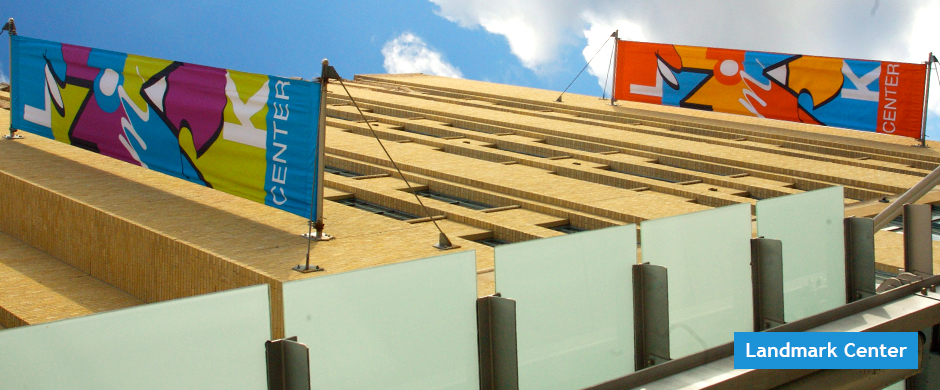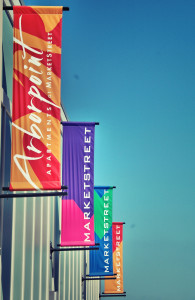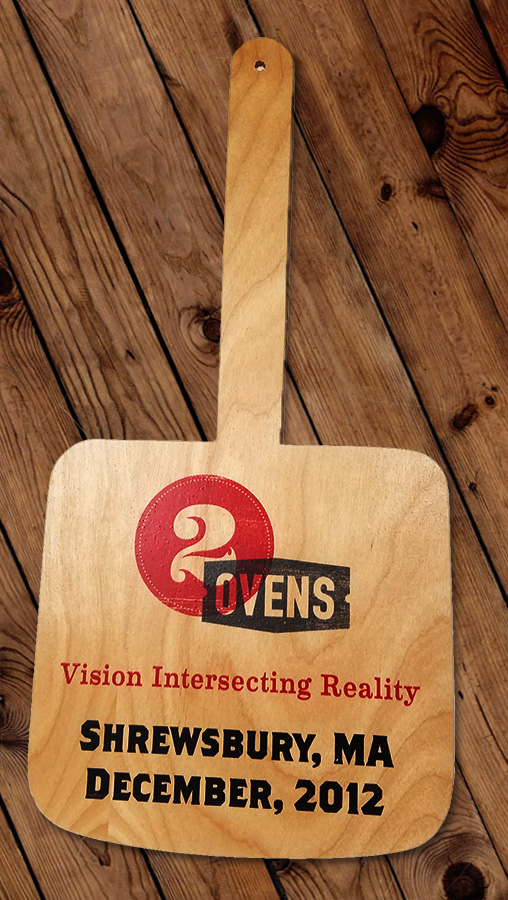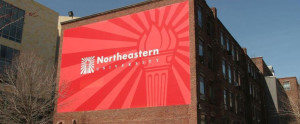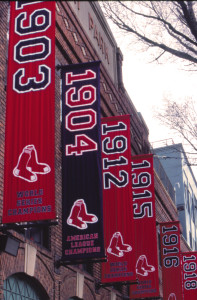Dye-Sublimation
Dye-Sublimation uses heat to transfer dye onto fabric. It offers these advantages:
- Images are permanent and do not peel or fade
- Dye does not build up on the fabric
- Colors can be extraordinarily vivid when dyes bond to transparent fibers
- Continuous tones produce photographic clarity without requiring half-screen printing or other special techniques
- Printed images can extend to the edges of the fabric
Flatbed Printing
Flatbed printing represents a versatile method of digital image reproduction through which ink is cured almost instantly via dual UV LED lamps that closely follow the inkjet. The short drying time prevents printed ink from spreading on the surface, allowing for finer detail in the graphic on the substrate. The flatbed printer’s unique curing method also allows for printing on various substrate materials, including aluminum and acrylic. Regardless of the print medium, the ECO-UV ink’s exceptional adherence delivers high color density and wide gamut to produce a powerful visual impact.
Our flatbed printer features an adjustable printing bed that can accommodate materials anywhere from paper thinness to 6” thick! This feature in particular allows us to achieve the same high-fidelity work as our solvent printers but on thicker signage.
Grand Format Printing
In general usage, this term refers to any printer with a width greater than 100 inches. Our high-speed printers use digital technology to produce high-definition images up to any width and length. Their ink-jets produce image quality approaching that of offset presses. We use them for large-scale banners, fence scrim, adhesive-vinyl, and anything else that our clients can dream up.
Applique
Appliqued flags and banners are the most long lasting and weather resistant. Layering of multiple fabrics creates a rich dimensional look. We use 100% SolarMax Dupont Nylon but will also use whatever fabric is appropriate to the project, the concept, desired appearance, and client preference, such as Sunbrella, cotton, and polyesters. The process involves these steps:
- Plotting the pattern, using a digital file to trace the design by punching small holes in paper
- Stenciling the pattern to fabric pieces by passing ink through the holes
- Zig-zag stitching of colored fabric pieces onto the fabric substrate
- Hemming and finishing the flag or banner, adding pole pockets or grommets as needed
Silk Screen
Silk screening is a century old technique that uses woven mesh to support a stencil that leaves open areas through which ink passes to create a sharp-edged image on the substrate. Each additional color requires realigning the print and passing ink through a new stencil. Different inks can be used to work with a variety of materials, including nylon, acrylic, and cotton fabrics. Silk screening is most commonly used when the job involves high quantities and limited colors.
